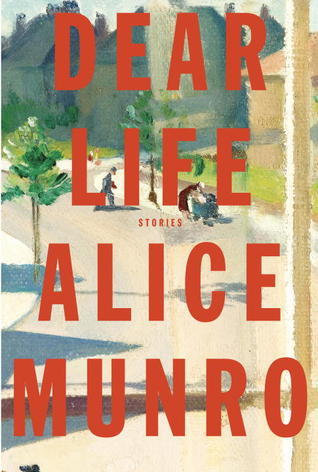I was delighted to find this Captain Alatriste adventure at the annual library booksale. Pérez-Reverte is one of my favorite authors. I've blogged previously about The Sun Over Breda which actually follows this one in the series. I've also enjoyed his mysteries, like The Flanders Panel but two of his other novels are my favorites: The Painter of Battles and The Fencing Master.
The Captain Alatriste series at first seemed to me a departure from his other novels. These swashbuckling adventures about a hard-bitten swordsman during the Thirty Years War in the 17th century are narrated by íñigo Balboa—only thirteen in this story—who has been plucked from the streets of Madrid by Alatriste. The Captain may not say very much, but when danger looms, he is quick to pull his dagger and wrap his cloak around his arm. Although accustomed to killing, Alatriste has his own code. He is another Shane, a Jack Reacher, though perhaps with a harder heart.
In this book, while between campaigns, Alatriste's assistance is sought by the poet Quevedo, a friend of long-standing who is engaged to help a man who served under another of Quevedo's friends; obligations are important in this world and life cheap. Don Vicente de la Cruz needs to rescue his daughter from the convent where she serves as a novice because the priest treats the place as his private harem. The family's position is further complicated because they are conversos; Don Vicente's great-grandfather was a Jew who converted to Christianity when Ferdinand and Isabella expelled the Jews in. Anyone who is not an Ancient Christian runs the risk of being swept up by the increasingly brazen arms of the Inquisition.
Attacking a convent is a risky prospect, even for the experienced Alatriste. When things go sideways, he must employ every means to save íñigo's and his own skins, not just swordplay but delicate diplomacy. Pérez-Reverte is especially adept at conveying the politics of the time without disrupting or delaying the action. However, these stories are more than just popcorn. Bits of information are buried like golden nuggets in the fast-paced action.
We are in the Spain of Philip IV, the young emperor. íñigo says of him, “Elegant, chivalrous, affable, and weak, he was the plaything of his advisors.” Indeed, Philip dithers while the once-great Spanish empire self-destructs. In íñigo's words, “the monarchy had become an insatiable machine for devouring taxes, while a drained populace received nothing in exchange but the political blunders and the disasters of war.” If this is not enough to make us look around us with new eyes, íñigo mentions later that “Spain (is) always disposed to overlook bad governance, the loss of the fleet of the Indies, or a defeat in Europe, with merriment—a boisterous festival, a Te Deum, or a few good bonfires.”
I remember hearing controversy in my youth about Gibbons's Decline and Fall of the Roman Empire. The notion that empire have lifetimes just as you and I do shocked many who didn't want to believe that the apparently indestructible American empire of the 1950s and 1960s was only the latest in a wave of empires and would go the way of the others. When I first visited Rome and walked among the ruins of the Forum right there in the middle of the bustling city, I wondered how Roman natives were affected by this reminder of their former glory. In their place, would I be saddened by the loss of glory or resent those who replaced us? Would I feel perennially inadequate compared to my forebears?
So this diverting adventure story took me down dark and haunted paths. I believe, along with Gibbons, that the loss of civic virtue can bring down an empire. I believe that unnecessary wars can drain empires as diverse as 17th century Spain and 20th century Britain. I believe that we can learn from the past, and that Pérez-Reverte's depiction of how religious intolerance prevented Spain from recovering its strength is a lesson we need to hear, once—that is—we get our breath back from the exciting, action-packed race to the story's end. Pérez-Reverte may have set out to write a light entertainment, but his intelligence and heart add nuance and depth without detracting from the thrilling ride.
